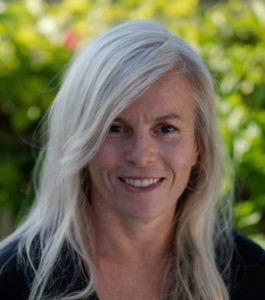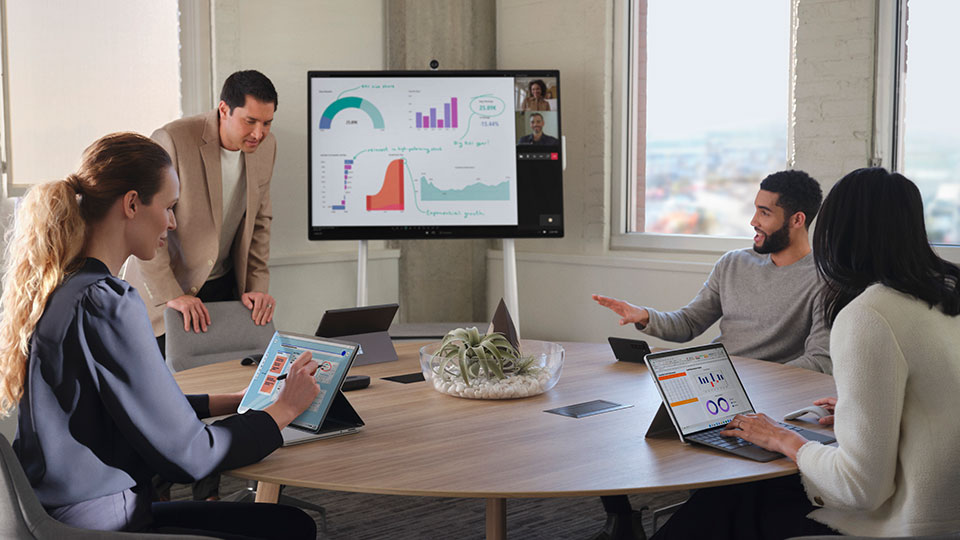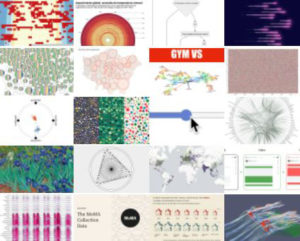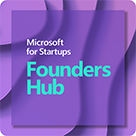Melody Meckfessel is the CEO and Co-founder of Observable, a data collaboration platform that aims to help everyone participate, explore, and make sense of the world through data. Prior to co-founding Observable, Meckfessel was a VP of Engineering at Google, where she led DevOps for Google Cloud. She prides herself on being a hands-on leader and sees working with data as a team sport.

I sat down with Melody to learn more about Observable and hear what advice she has for other founders.
Why is data visualization important?
Visualization is an amazing tool for thinking with data. It empowers us as humans to see things we couldn’t before and be surprised. Sometimes you don’t have the things that you need at your fingertips to ask questions about the data. Visualization puts facts and figures into context in an engaging way, which helps more people learn with data.
I’m the most inspired when I see how we are learning from and teaching each other. The power that visualization can bring to gaining insights is unmatched. People are creating incredibly inspiring views and insights by making sense of the data that’s all around us in the world.
Within companies, teams are using data visualization to analyze and collaborate on the same data set. Data analysts, data scientists, developers, and decision makers all get to ask these questions in real time and find surprises in the data together.
How is Observable working with Microsoft?
Microsoft Teams is a critical part of how our customers work together. It’s how they stay connected and how they communicate. We’re very excited about the integration between Observable and Microsoft Teams. Now we are able to integrate within the environment where our customers spend the majority of their time.
Our Microsoft Teams integration helps our customers interact with vast amounts of data and valuable insights, allowing them to immediately act on these insights inside of Teams while staying “in flow.” Users are immediately notified inside of Teams when there is activity on a report and can view comments and other collaborative notes. They can also share these robust reports with their teammates to drive conversation and collaboration on the insights. Flow is transformative for people’s productivity, so we’re really excited about the opportunity to help our customers work more efficiently and stay in flow. We also have added an integration with Microsoft Excel so departments can connect directly to spreadsheets and parse data, the ability to sync cloud files from OneDrive to Observable, and we have another integration with Microsoft SQL Server as a data source on the horizon.
What has it been like working with Microsoft?
I’m really inspired by what Microsoft has done, the shift to be developer-centric and really embrace open collaboration out in the world. It’s a shared value—to empower more people to work with data. You can be a small startup like Observable, or you can be a very big company like Microsoft, and still share these values with what we want to do in the world. I can see how [Microsoft] is embracing open source and developers. I’ve met with Microsoft engineers working in open source and product managers working in Microsoft Teams, and everyone has been extremely collaborative and outcome focused. To have those shared goals and actually execute them is what motivates me to continue finding new ways to partner with Microsoft.
Can you share exciting examples of what data visualization looks like in action?
Working with data is becoming a requirement for almost every job, whether you’re a marketer or an engineer. And this trend is going to continue well into the future.
What excites me is the way Observable can help disparate teams get hands-on experience with data. Ten different teams can be looking at different aspects of data that are important to that decision, but they’re all looking at the data in different states in different tools. So, what happens when you can bring them together in an environment where they can see the data together? What happens when they can see the code or the analysis against the data? What happens when they can interact with the visualization?
With Observable, they can ask questions of the data, add comments, and get answers to their questions in real time. We’re seeing people come to Observable because it does something that the other platforms just can’t do today.
If I’m a data analyst and I want to have great visualizations, I can easily import data from Microsoft Excel or other spreadsheet tools into Observable. If I’m a data scientist and I am modeling, I can come together with developers in Observable to create a dashboard and collaborate on it for that important decision-making meeting. Then, that group of people can solicit input together and get to insights faster because they’re not having to hop around different tools.
Can you share some customer examples? How do they use Observable?
Stitch Fix was an early adopter of Observable. They started with a really small team, but once they saw how valuable the Observable platform was, they started to expand from there. What really led to more and more people in the organization using Observable was the fact that, regardless of department, they were able to create their own visualizations and their own dashboards.
Stitch Fix has hundreds of data algorithms looking through inventory and the recommendations that they’re going to make to their clients. With Observable, they were able to streamline their data workflow process and make recommendations faster by bringing the expertise of the data scientists and the developers together to make those visualizations.
Another one of our clients, Sumitovant Biopharma, saw that they weren’t moving quickly enough to get their products to market. They formed a group called Digital Innovators, and those Digital Innovators used Observable to design visualizations to share information around the new drug therapies that they were formulating. Now they can literally be on the same page, the same dashboard, as all of their subsidiaries. And they’ve shared that this has really sped up their ability to make the right decisions, because they can act on insights that the whole team didn’t have visibility into before.
What advice do you have for other founders?
There are many challenges in being a woman founder in technology. But I want to see more women founders and women leaders in technology and across every industry.
My advice or encouragement to offer from my experience as a woman in tech and now a new CEO and founder, would be: Tap into your inner resilience. There are going to be moments when you doubt yourself and when you make mistakes. You’re strong, tap into it. Pick yourself back up, get the support that you need, and keep going. Because your vision matters.
Do you have an idea you want to turn into a reality? Sign up for Microsoft for Startups Founders Hub today.












